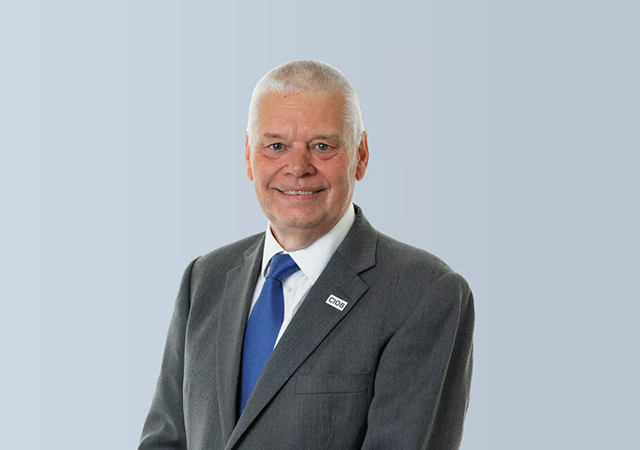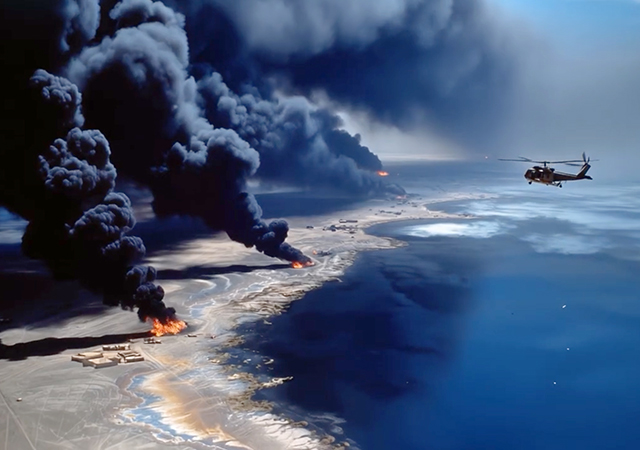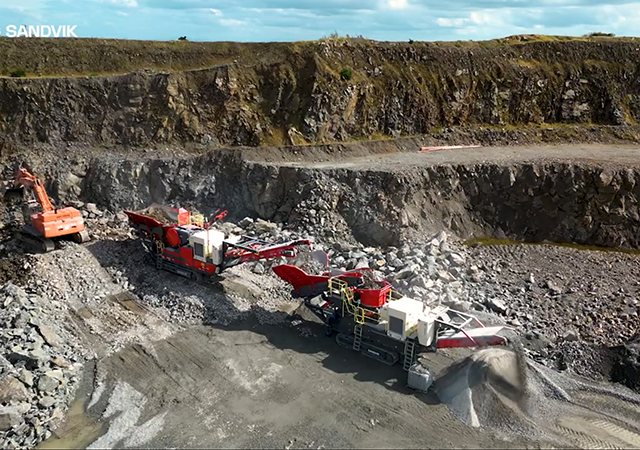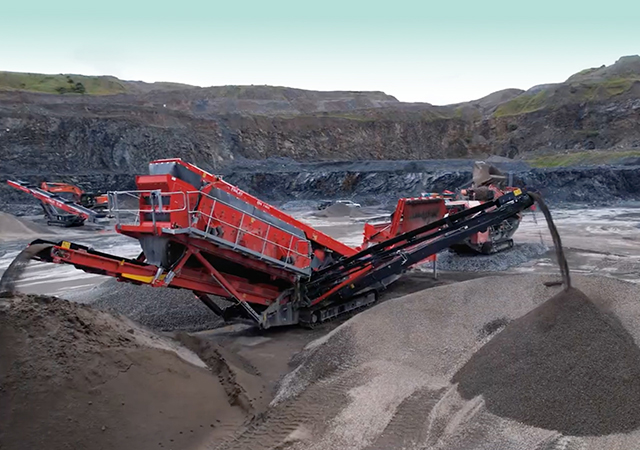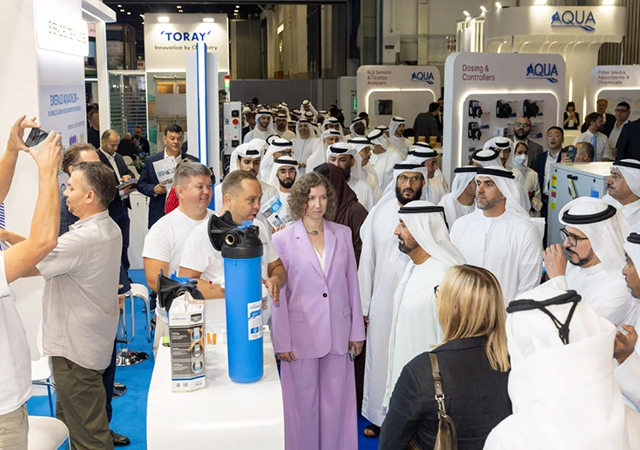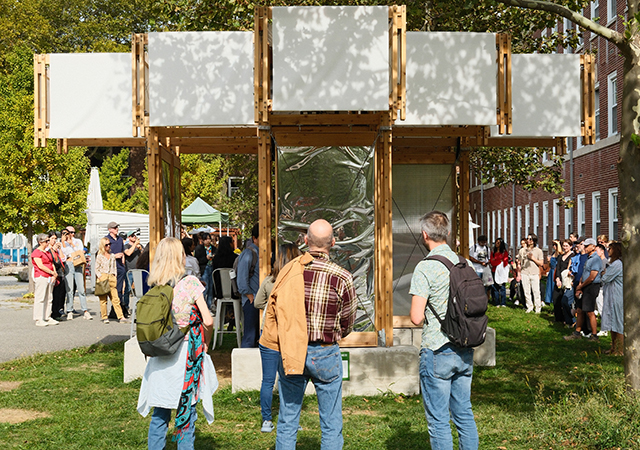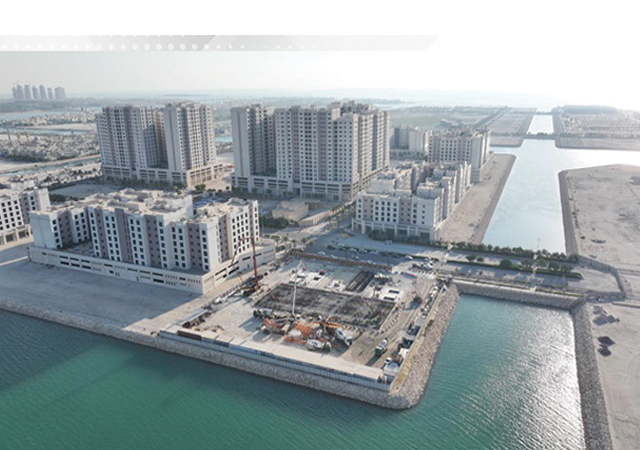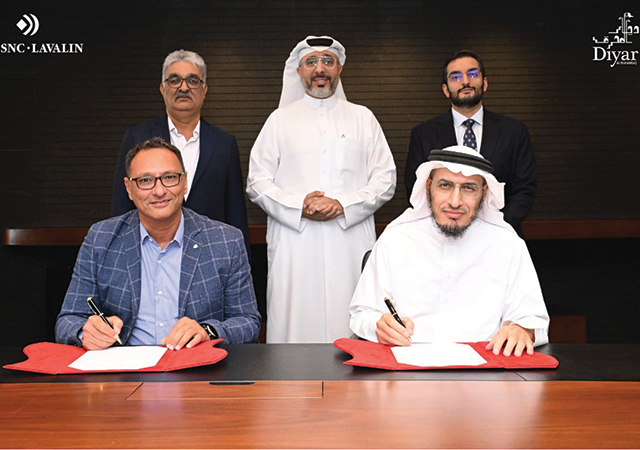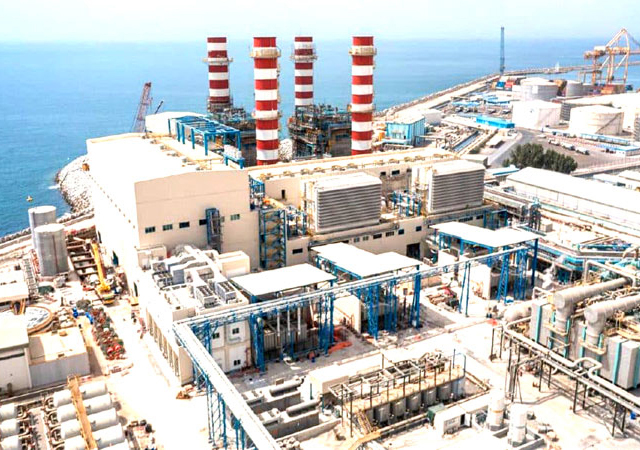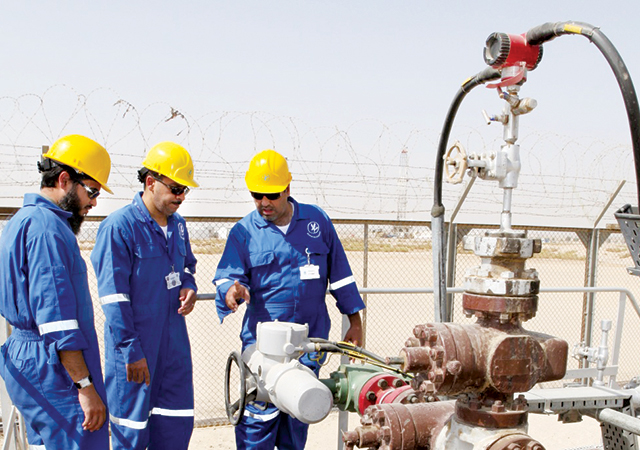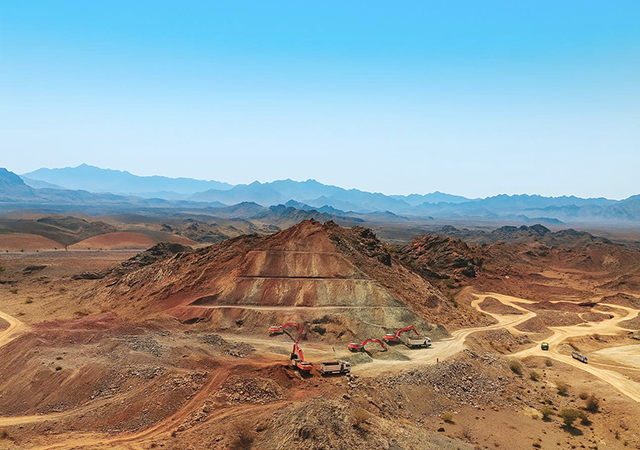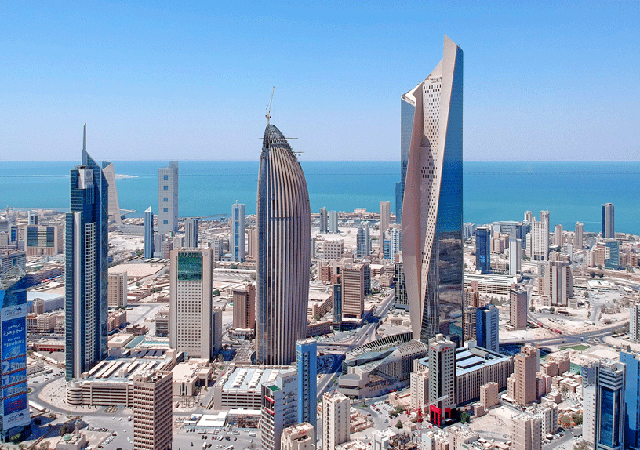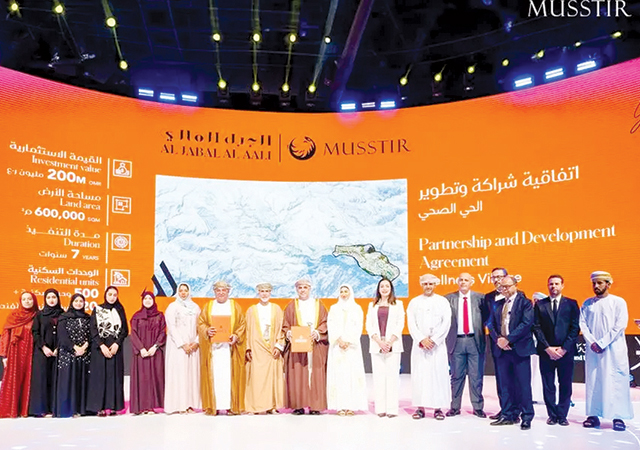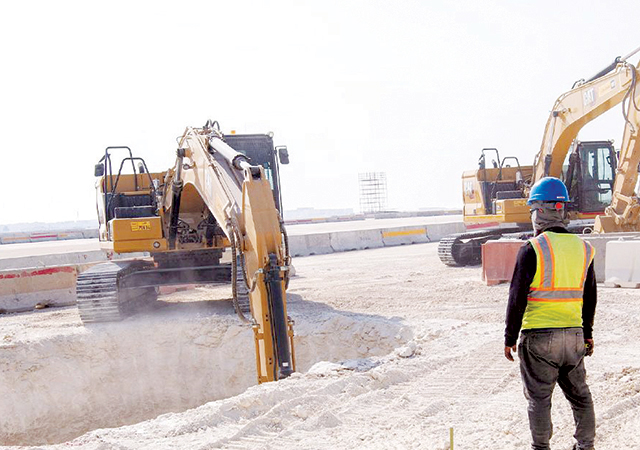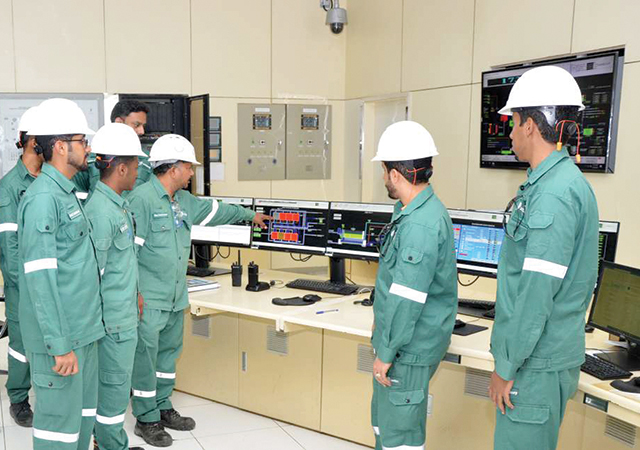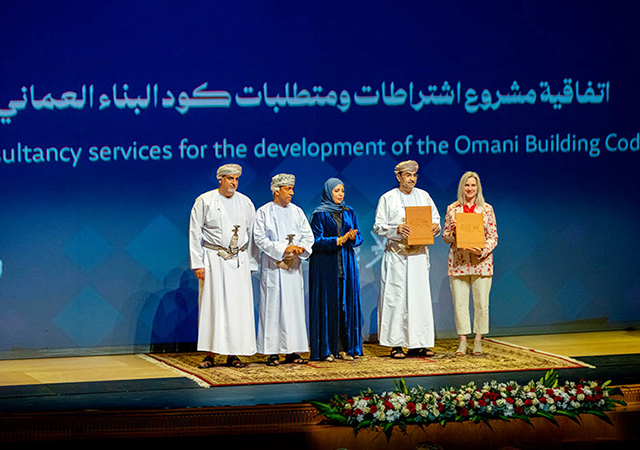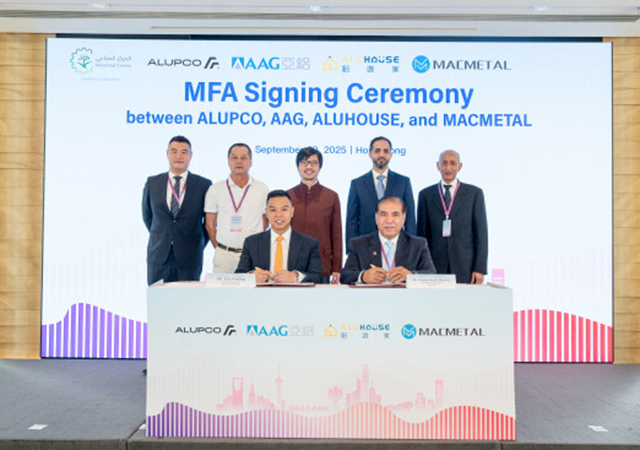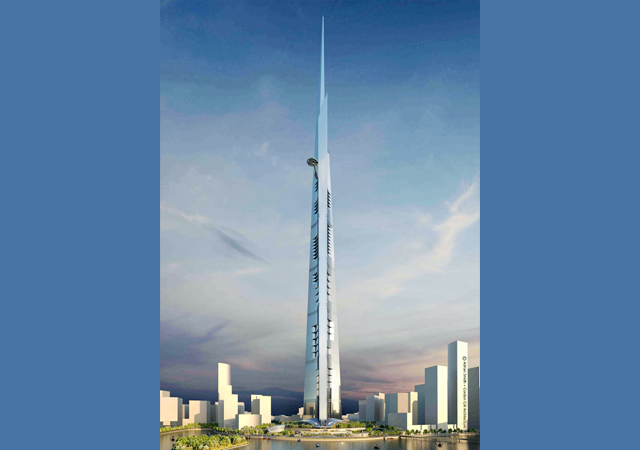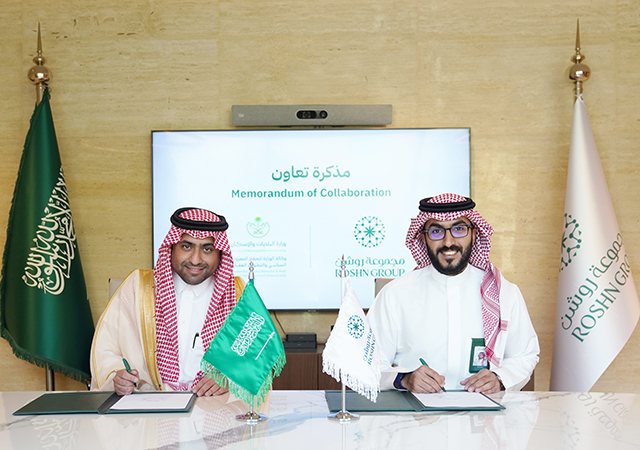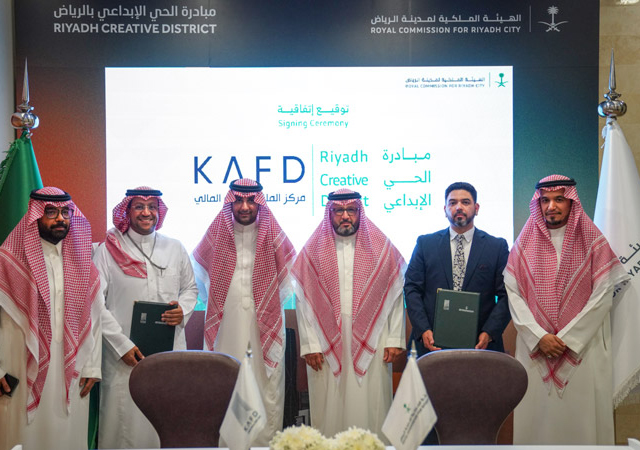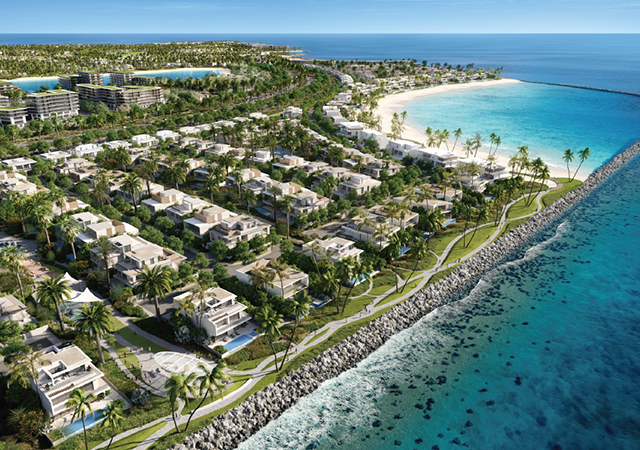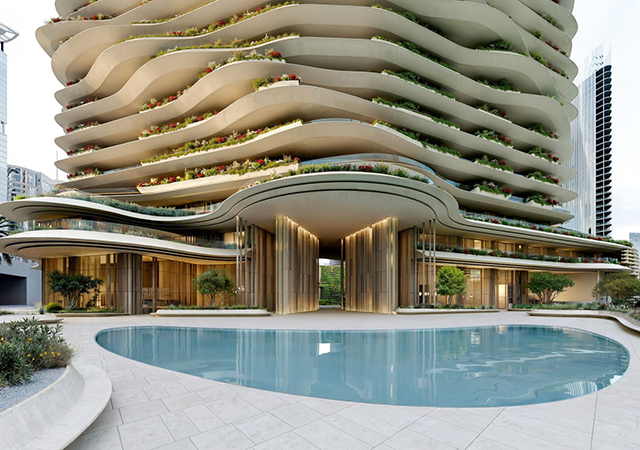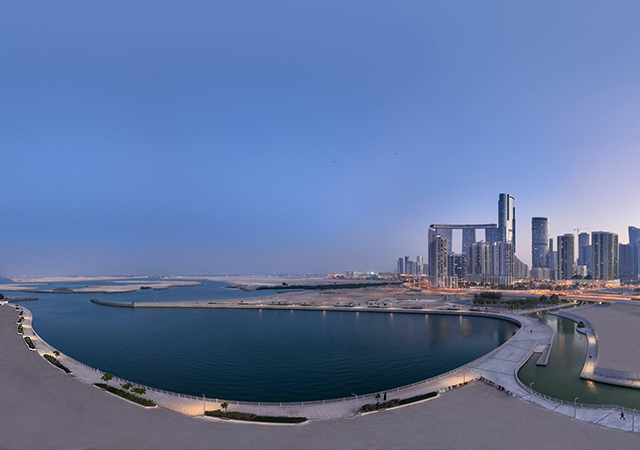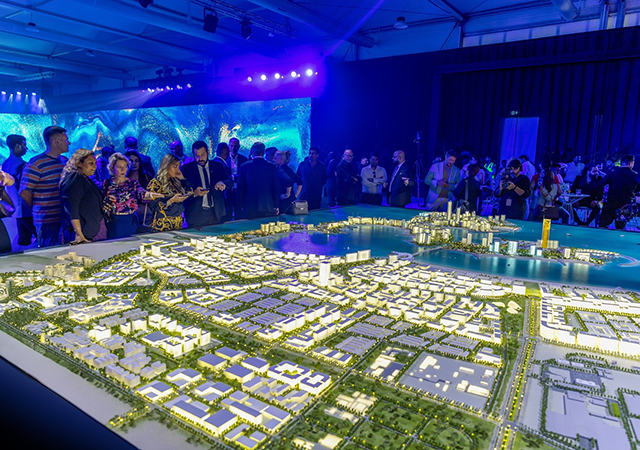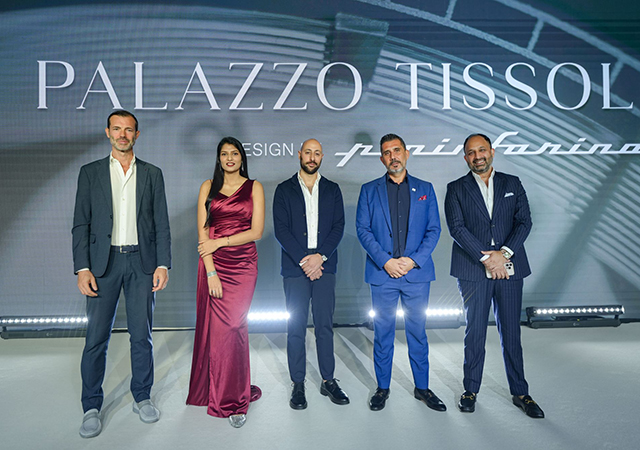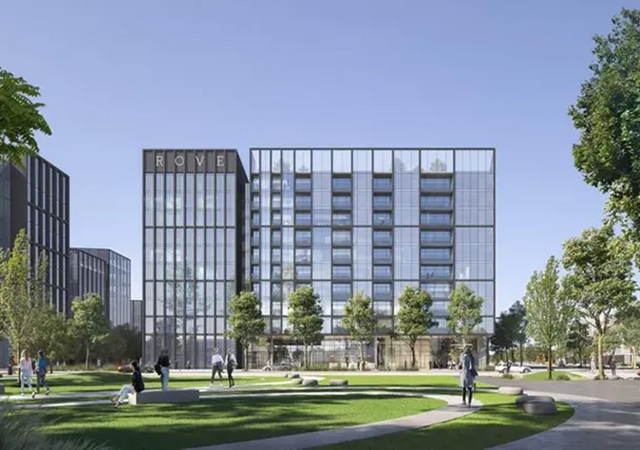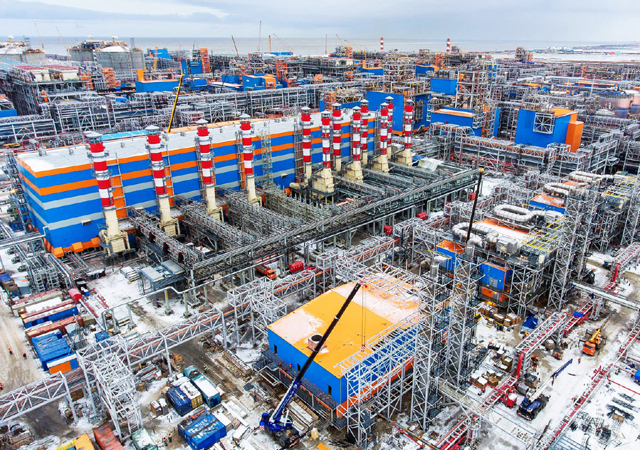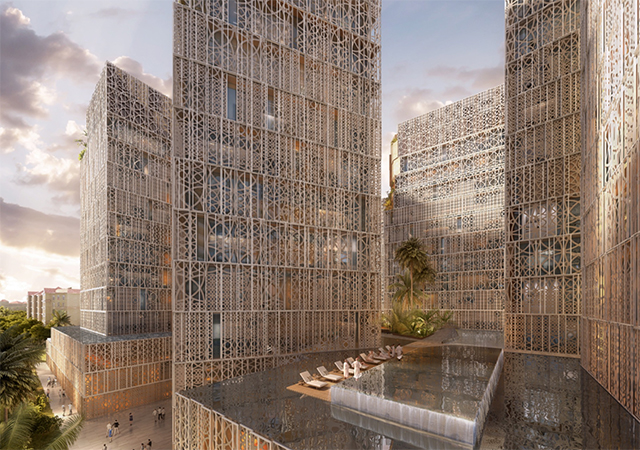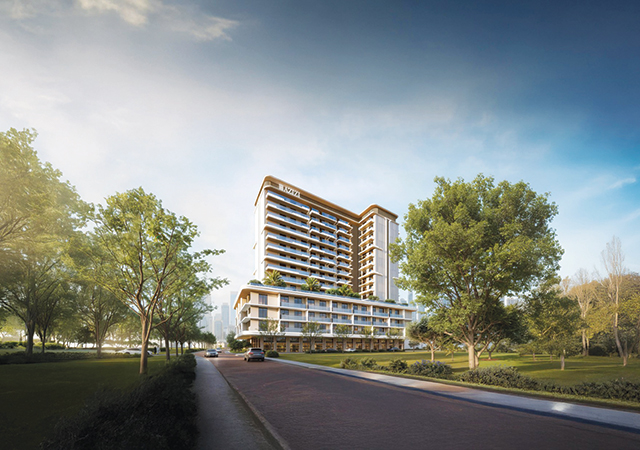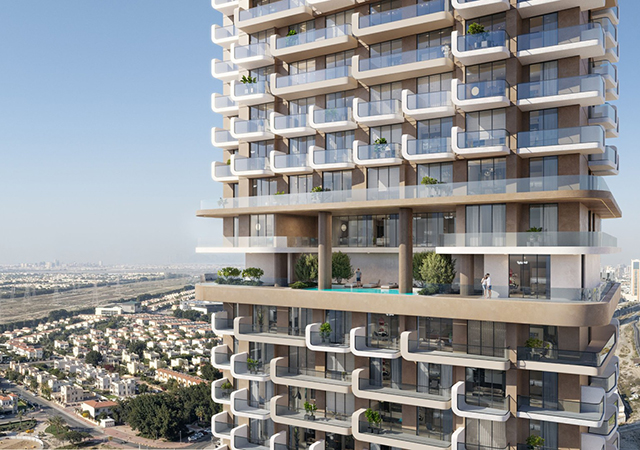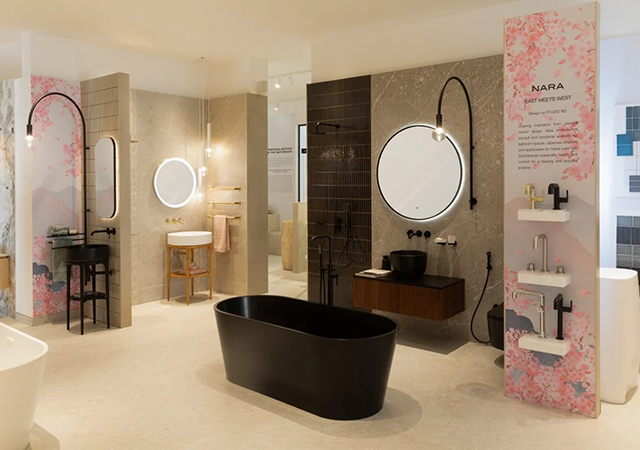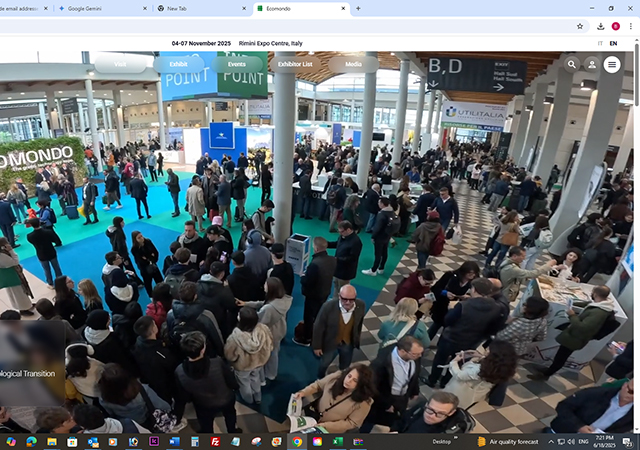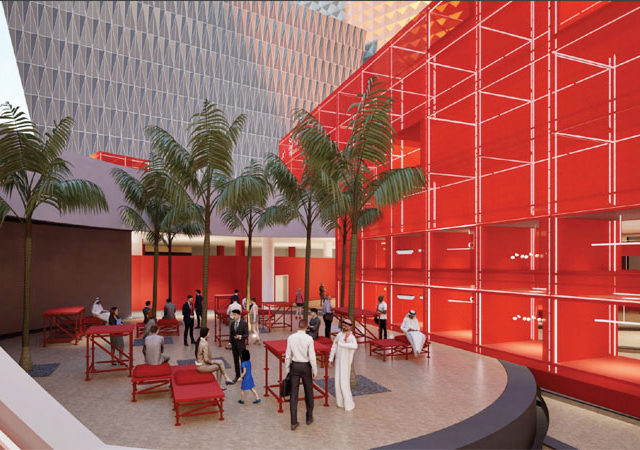
 A Masa operator ... professional touch.
A Masa operator ... professional touch.
MOHAMMAD ARIF HUSSAIN elaborates on the various pesticides available and their use to ensure safe extermination of pests in all types of buildings.
Insect pests thrive in human habitats where they have access to food and hence it is necessary that all buildings, particularly luxury apartments, hotels and palaces, are treated by pest control operators to ensure health and hygiene and avoid contamination of food.
Common insect pests include bed bugs; mosquitoes, which are the vectors of diseases such as malaria, dengue fever and elephantiasis; and houseflies, whose indiscriminate feeding habits make them carriers of diseases such as typhoid fever, cholera and shigellosis.
Today, a wide range of pesticides are available on the market to control pests in a defined area, such as organophosphates (malathion), pyrazole (chlorfenapyr, fipronil, etc), pyrethroids (lambda cyhalothrin, cypermethrin, cyhalothrin, cyfluthrin, fenvalerate, bifenthrin, etc), coumarin anticoagulants (brodifacaum), neonicotinoids (imidacloprid), and inorganics (boric acid, sodium fluoride, and silica aerogel).
Most inorganics have a rather slow killing action and materials such as boric acid continue to be widely used because they can offer long residual action in many applications, and have no known problems of pest resistance. Boric acid and sodium fluoride kill by slowly interfering with the conversion of energy inside insect cells, while silica aerogel and dry clays act by disrupting the waxy layers of the insect’s cuticle and causing death by desiccation. Another desiccant is diatomaceous earth, a powder consisting of the dried bodies of diatoms, which are tiny animals that live in oceans.
Boric acid, first registered as an insecticide in 1948 in the US, affects the insect’s metabolism; the dry powder is abrasive to the insect’s exoskeleton. It is generally considered to be safe to use in household kitchens to control cockroaches and ants and is believed to be carried back by the ants into their nest, killing any that eat it, potentially destroying the entire colony.
Boric acid is also made into a paste or gel as a powerful and effective insecticide that is much safer to humans than many other insecticides. The paste or gel contain attractants that lure insects, especially cockroaches that take the bait back to the nest. All that is necessary to keep the insects at bay for up to a year is a small dab under sinks, counters, refrigerators, and stoves; the boric acid slowly and imperceptibly causing dehydration in insects.
RESIDUAL SPRAYING & FOGGING
Residual insecticides are products applied (as general, spot or crack and crevice treatments) that are effective for several hours or even longer. These include common insecticides such as certain organophosphates, carbamates, and pyrethroids.
There are four types of residual applications recognised by the US EPA (Environmental Protection Agency): general, barrier, spot, and crack and crevice, each of which may be used in certain areas of food handling establishments, hotels and villas.
General treatment is application to broad expanses such as walls, floors, and ceilings, or outdoors. Its application using only registered insecticides is permitted only in non-food areas. Barrier treatment is the application of pesticides to thresholds and other entrances, the foundation, and the soil adjacent to it. This treatment with residual sprays, dusts, or granules maybe beneficial in controlling outdoor insects or related pests that may invade the premises when their numbers multiply outdoors.
Spot treatment is the application of insecticides to limited areas on which insects are likely to crawl, but which will not be in contact with food or utensils and will not ordinarily be accessed by workers. Such areas may include floors, walls, and the bases or the undersides of equipment.
Crack and crevice treatment, on the other hand, is the application of small amounts of insecticides into areas where insects hide or through which they may enter a building.
The use of fogging is a type of non-residual insecticidal spraying by aerosol, mechanical aerosol, or ultra-low volume (ULV) treatments.
FUMIGATION SERVICES
Another method to control pests is fumigation, which is highly specialised and technical in nature, and requires great skill, knowledge and experience to ensure success and safety. It involves introducing toxic chemicals that disperse quickly in enclosed spaces.
Due to their physical characteristics, fumigants occupy all air spaces within the enclosed area and penetrate cracks, crevices, pores in wood and the commodity being treated. Their ability to penetrate and fill all voids makes them ideally suited for the control of structural and commodity pests in many locations where other type of chemicals cannot reach.
Fumigation should be only a part of a pest management strategy, especially where stored products are involved. The ultimate goal in pest management for stored products should be to improve the methods of handling, storing and processing and packaging of commodities, so that the need for pesticides decreases. Fumigation is needed only when unavoidable infestations occur and the practice is determined by the problem pests, fumigant to be used and the size of structure to be fumigated.
Fumigants such as aluminium and magnesium phosphide are available in various forms but are primarily used as pellets/tablets of solid material that release the active gas, hydrogen phosphide or phosphine, when exposed to air, leaving behind non-toxic ash.
TERMITE CONTROL
Termite control is a specialised job requiring good training and wide experience and should only be performed by professionals. The method used is determined in the type of construction and the aim is accomplish a complete and continuous chemical barrier around the walls and footings of buildings. A knowledge of the types of construction will improve and ensure better results in termite control.
As such, termite control not only involves chemical application but also mechanical alteration as well as environmental modification or moisture control that are both of value in the control and prevention of termite infestation.
The chemical approach is the ultimate measure in termite prevention and involves the judicious application of termiticides, which are chemicals specially designed to remain in the soil for as long as possible to keep away the termites and prevent their entry into the structure.
Termite control jobs are usually accompanied by a guarantee of workmanship and involve two major treatments: preventive and curative. Preventive treatments refer to the application of termiticide emulsion during the construction stages of a building, starting from the foundation footings; while a curative treatment is usually done by drilling and injection plus application of dust or gel and other type of formulation for the purpose of killing existing termite infestation within the structure.
Masa Establishment for Pest Extermination, Maintenance and Contracting Services has the latest termiticides and chemicals available in the Saudi market registered under its name with the Ministry of Agriculture and the Saudi Food and Drugs Authority (SFDA).
It is the sole distributor in the kingdom of Raslan Plus (Imidacloprid 30.5 per cent SC), a termiticide preferred by leading construction companies and consultants since it is water based and has an odourless formulation hence is friendly to the applicator, end-user and environment. Imidacloprid is non-detectable by subterranean termites and has a long residual life when applied as a barrier treatment. It is safer than conventional organophosphates and there have been comparatively fewer call backs, indicating client satisfaction.
The imidacloprid active ingredient is considered by the World Health Organisation to be moderately toxic and is deemed non-irritating to the eyes and skin based on tests carried out on rabbits. The termiticide has gained registrations in about 120 countries and is marketed for use in the protection of buildings (pre- and post-construction) against termite.
Masa has full scientific and technological support, thanks to its research and development department which is focused on research related to pests, pesticides and associated equipment. It is staffed by experienced entomologists and pesticide specialists and its treatment methods are based on 34 years of dedicated service to public health and the environment.



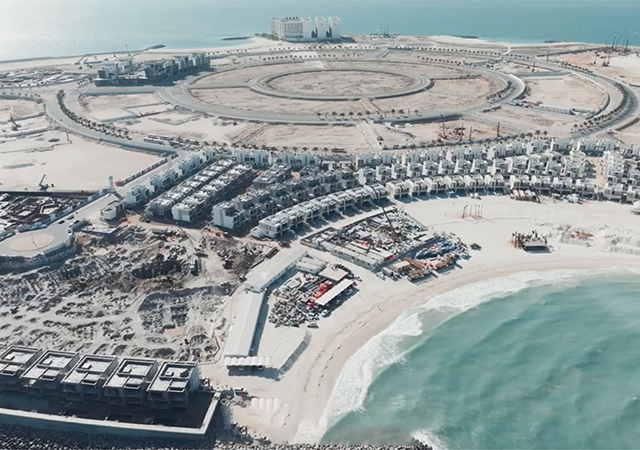

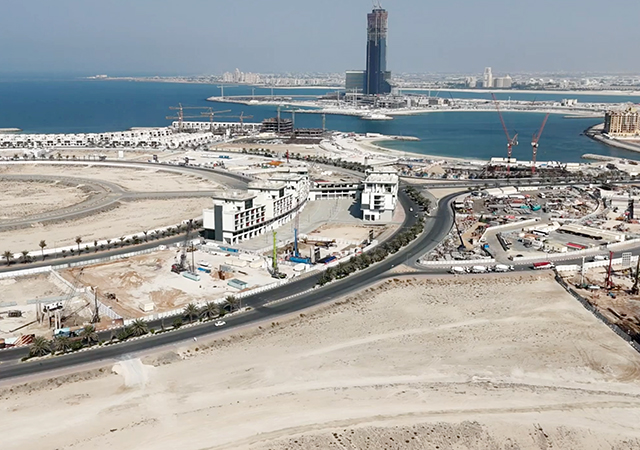

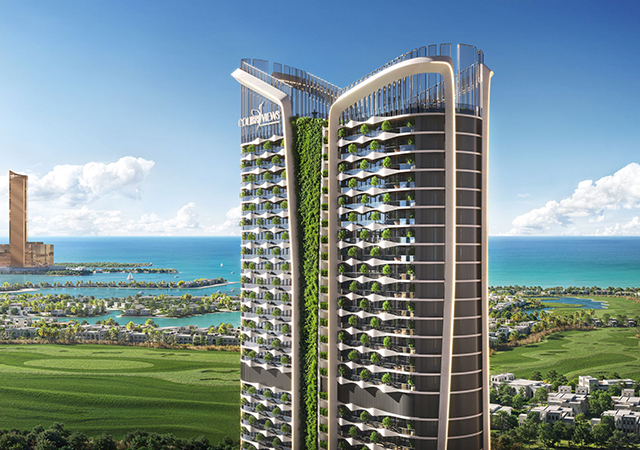
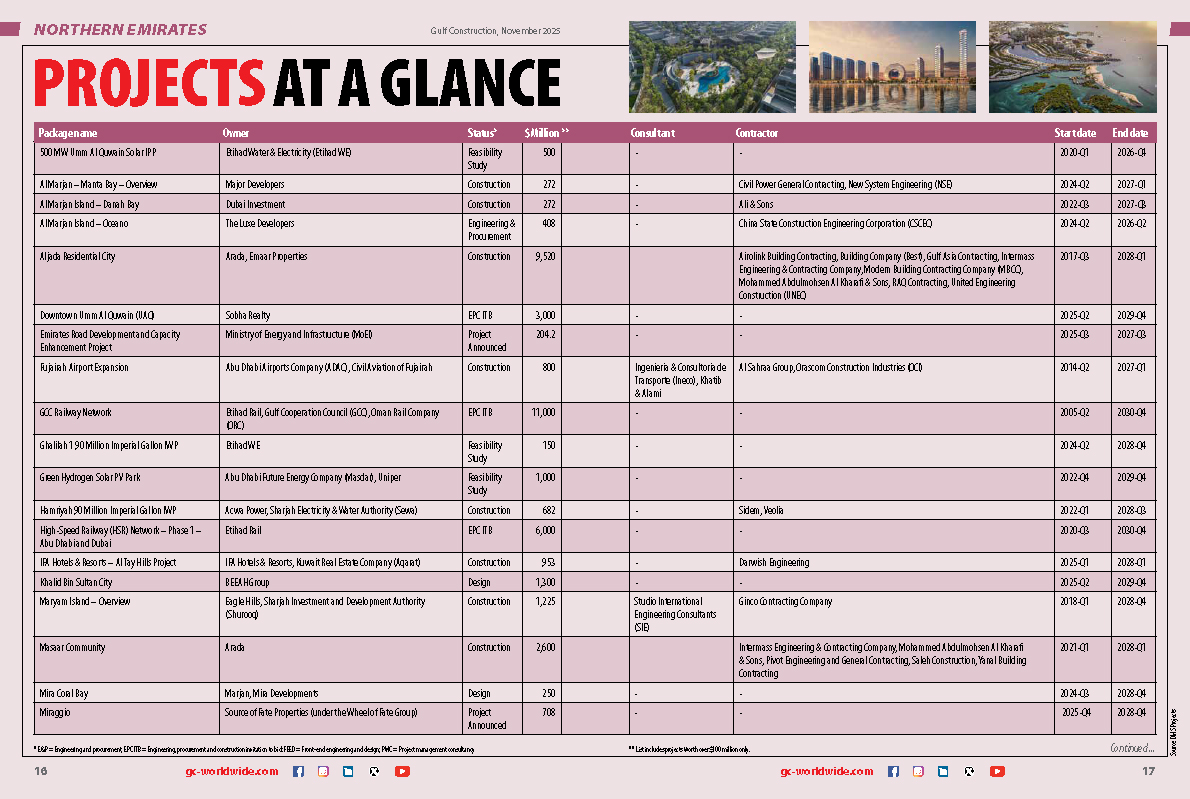
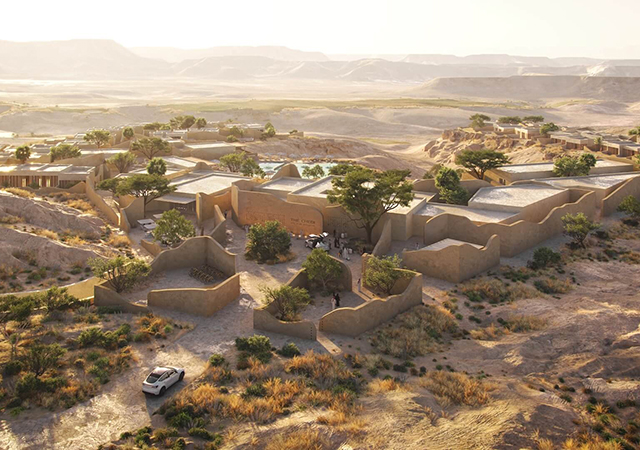

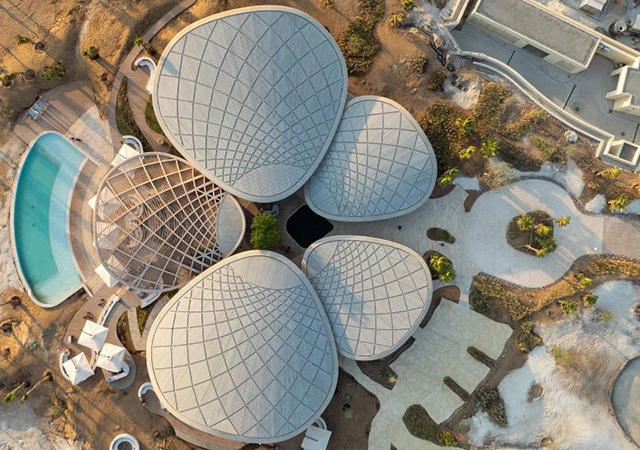

(5).jpg)
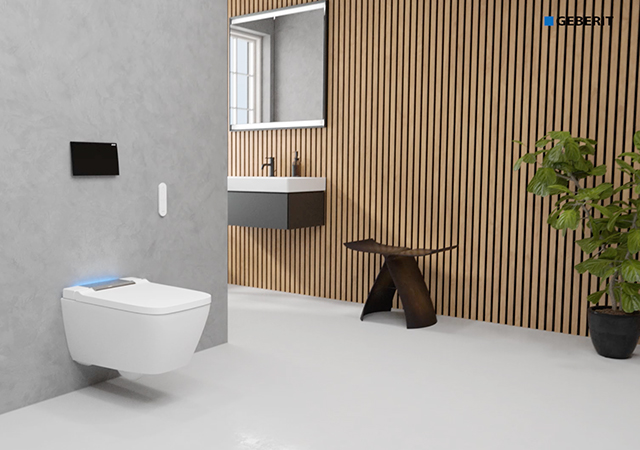
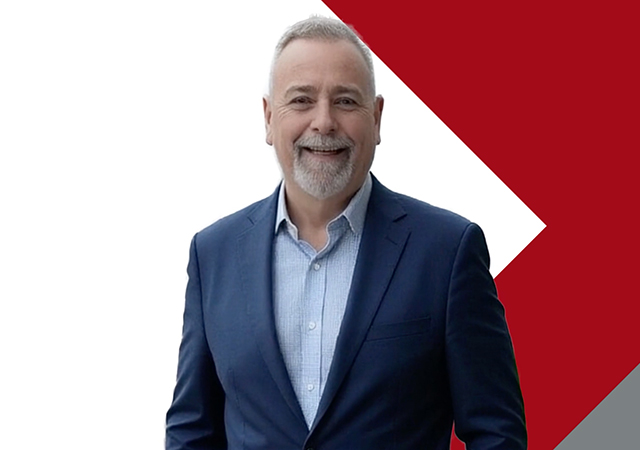

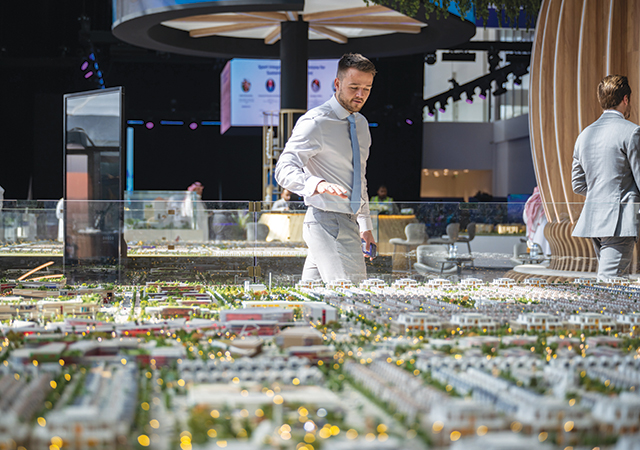

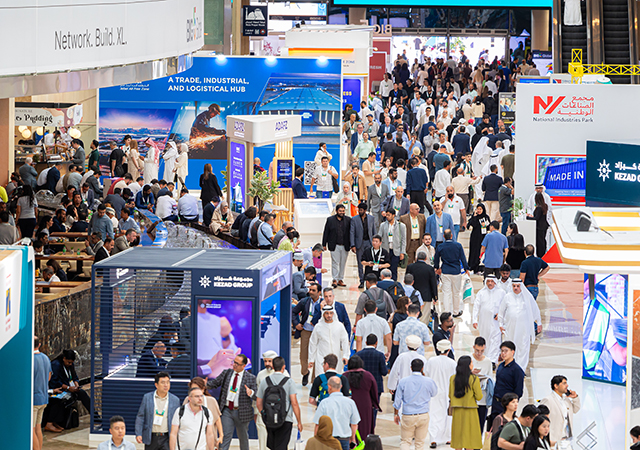
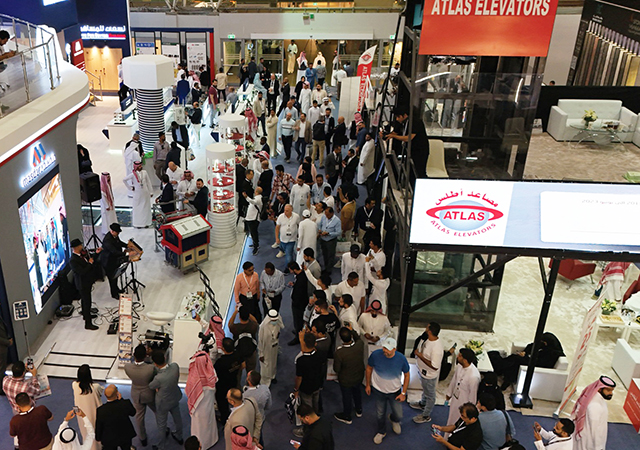

.jpg)
